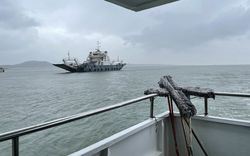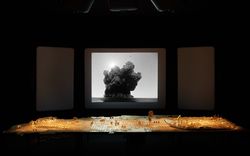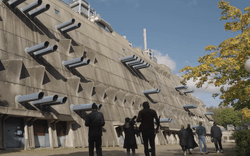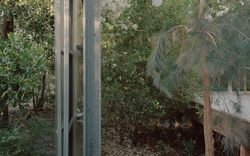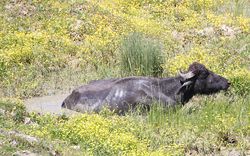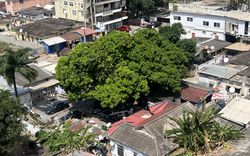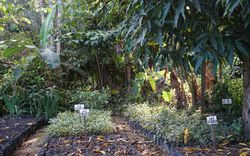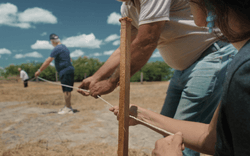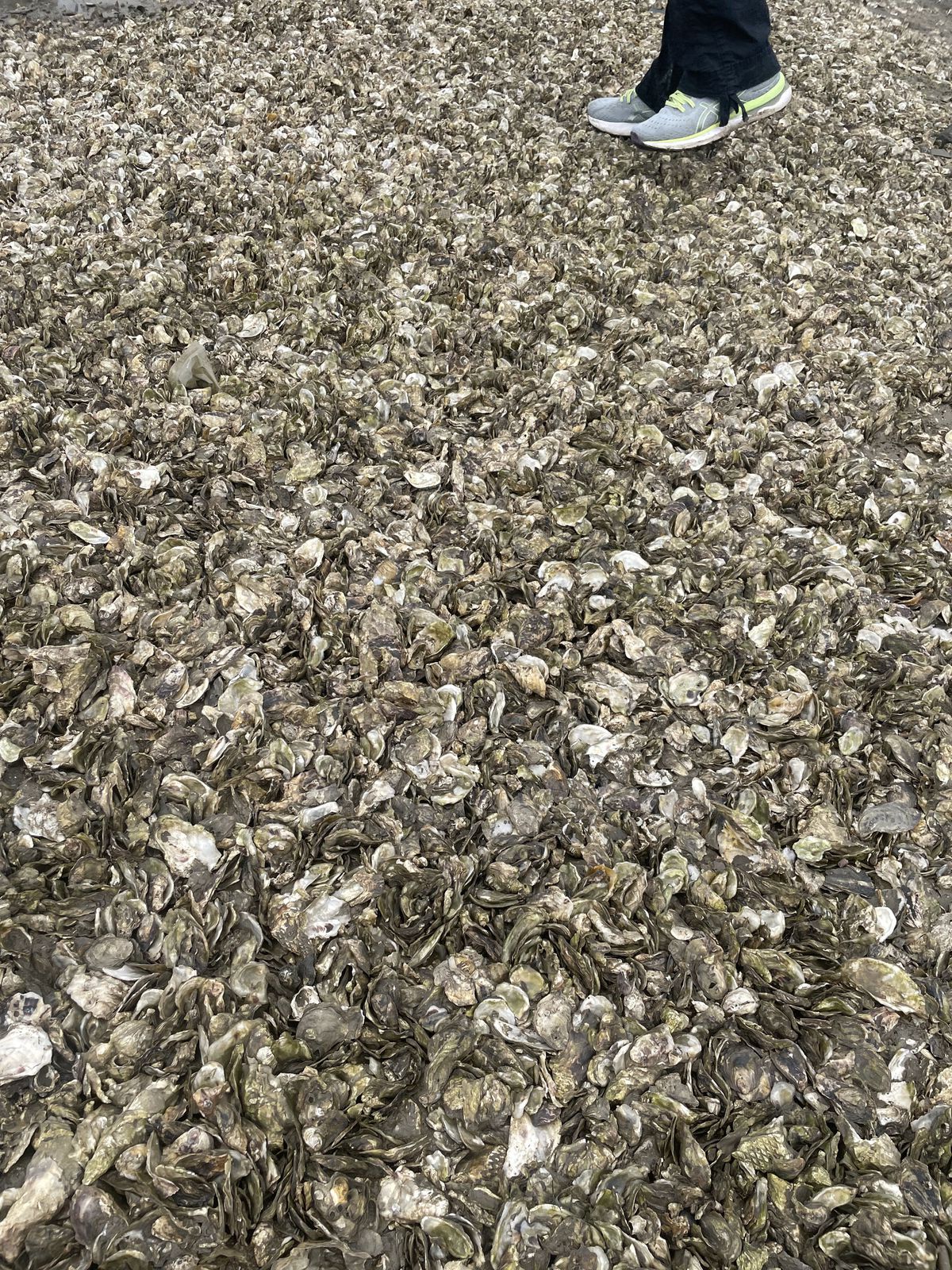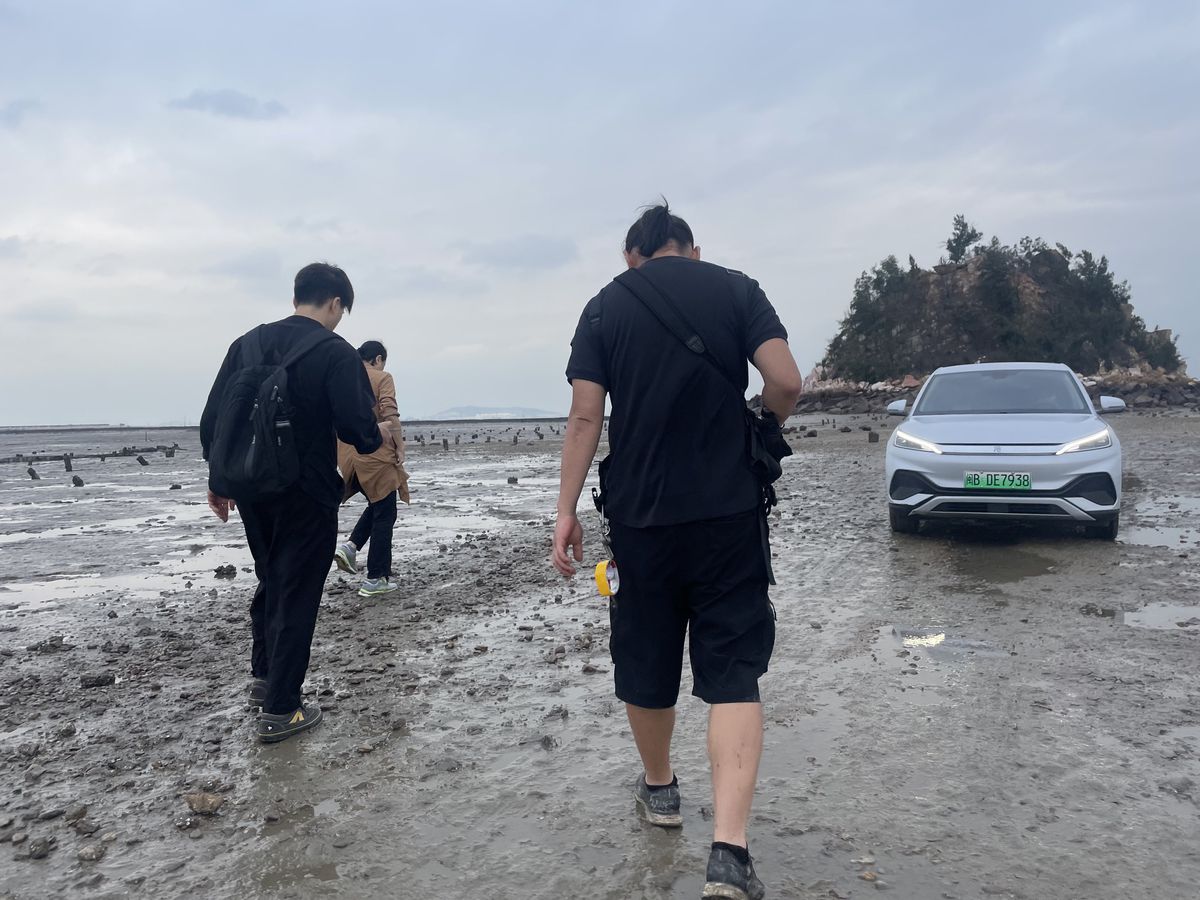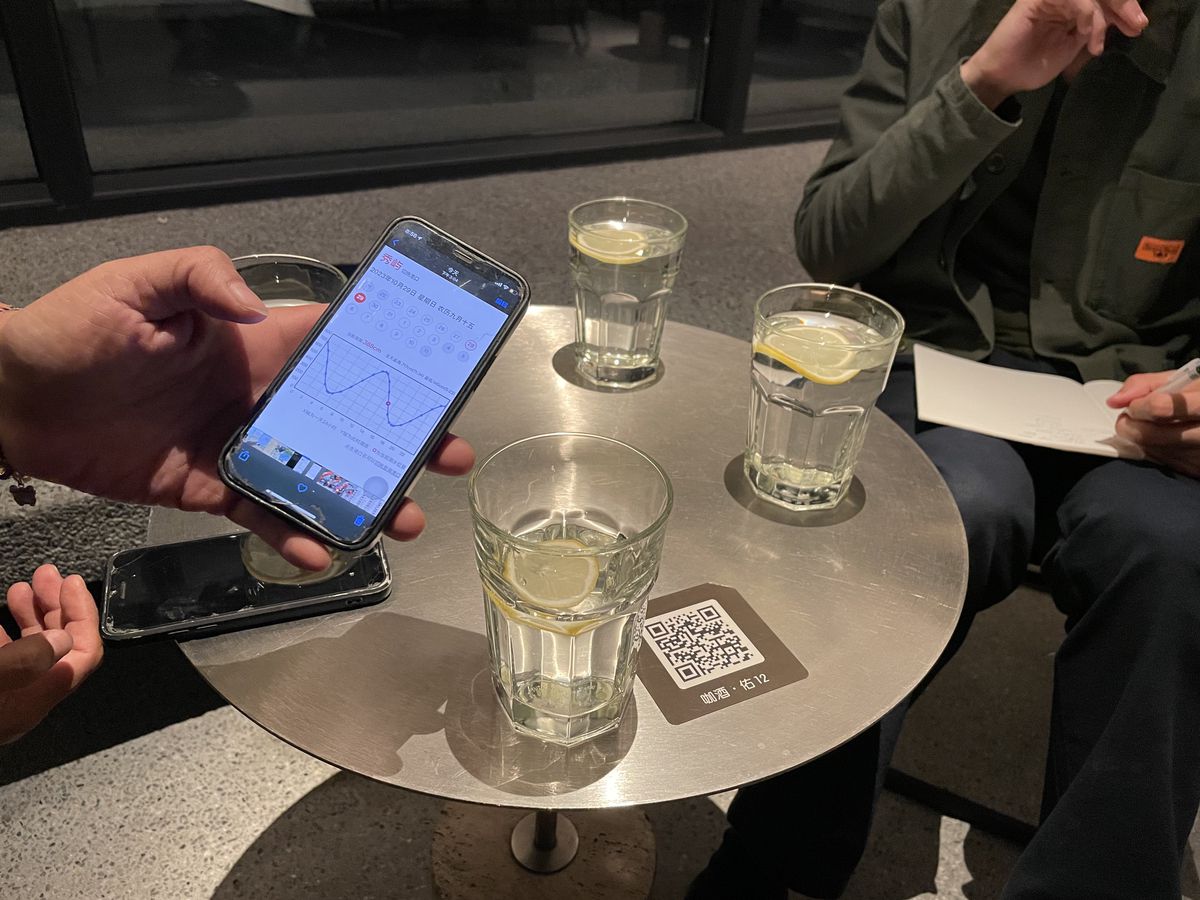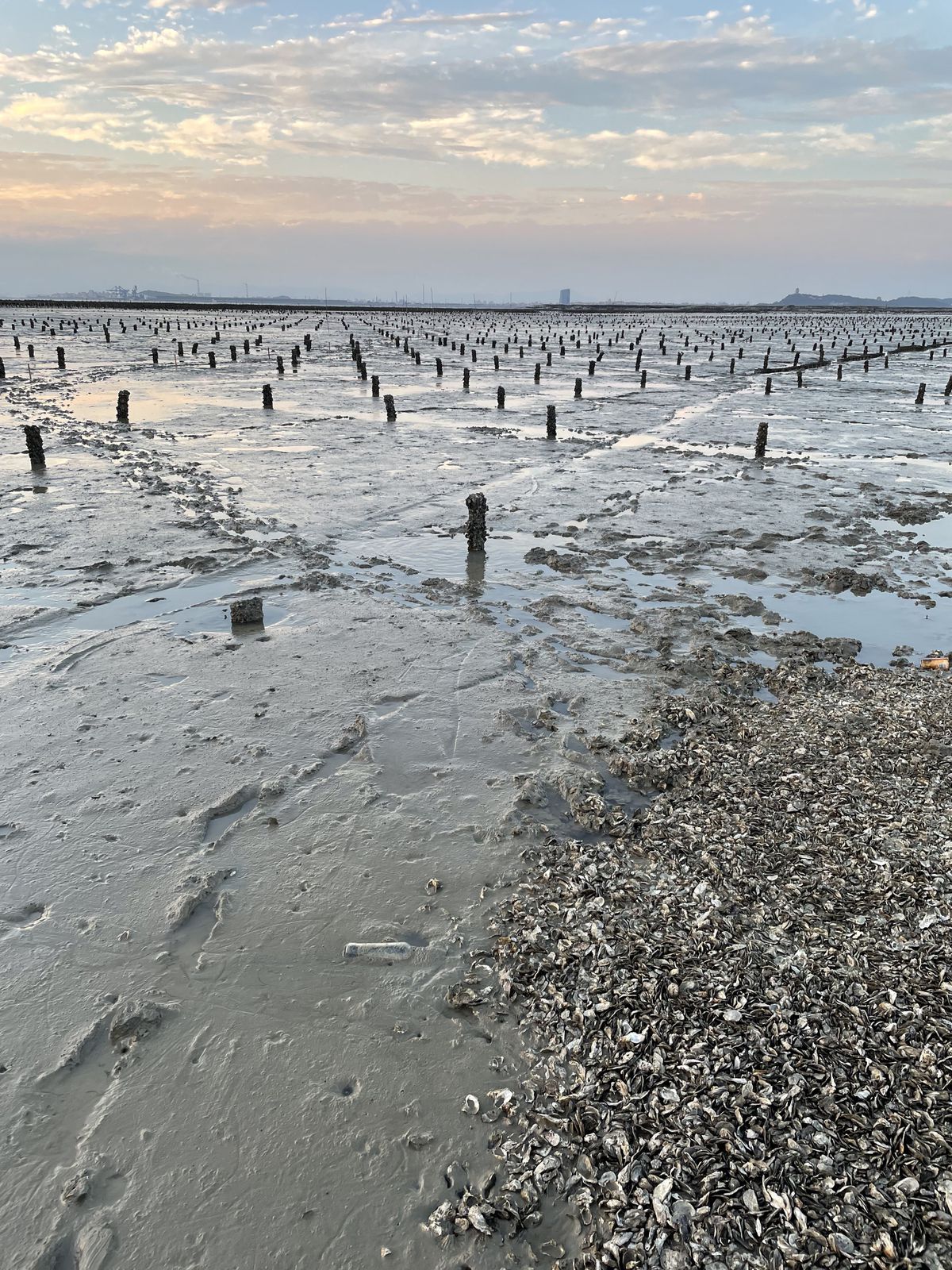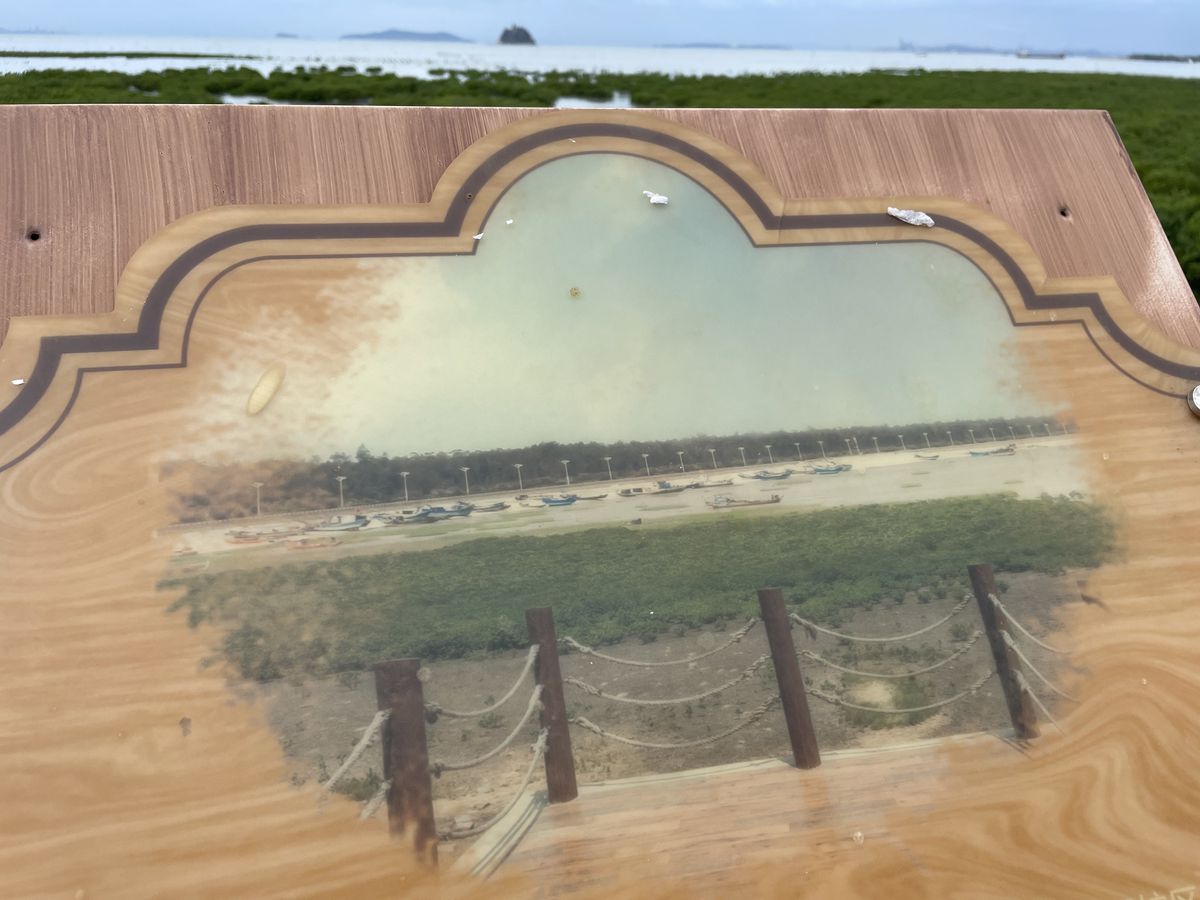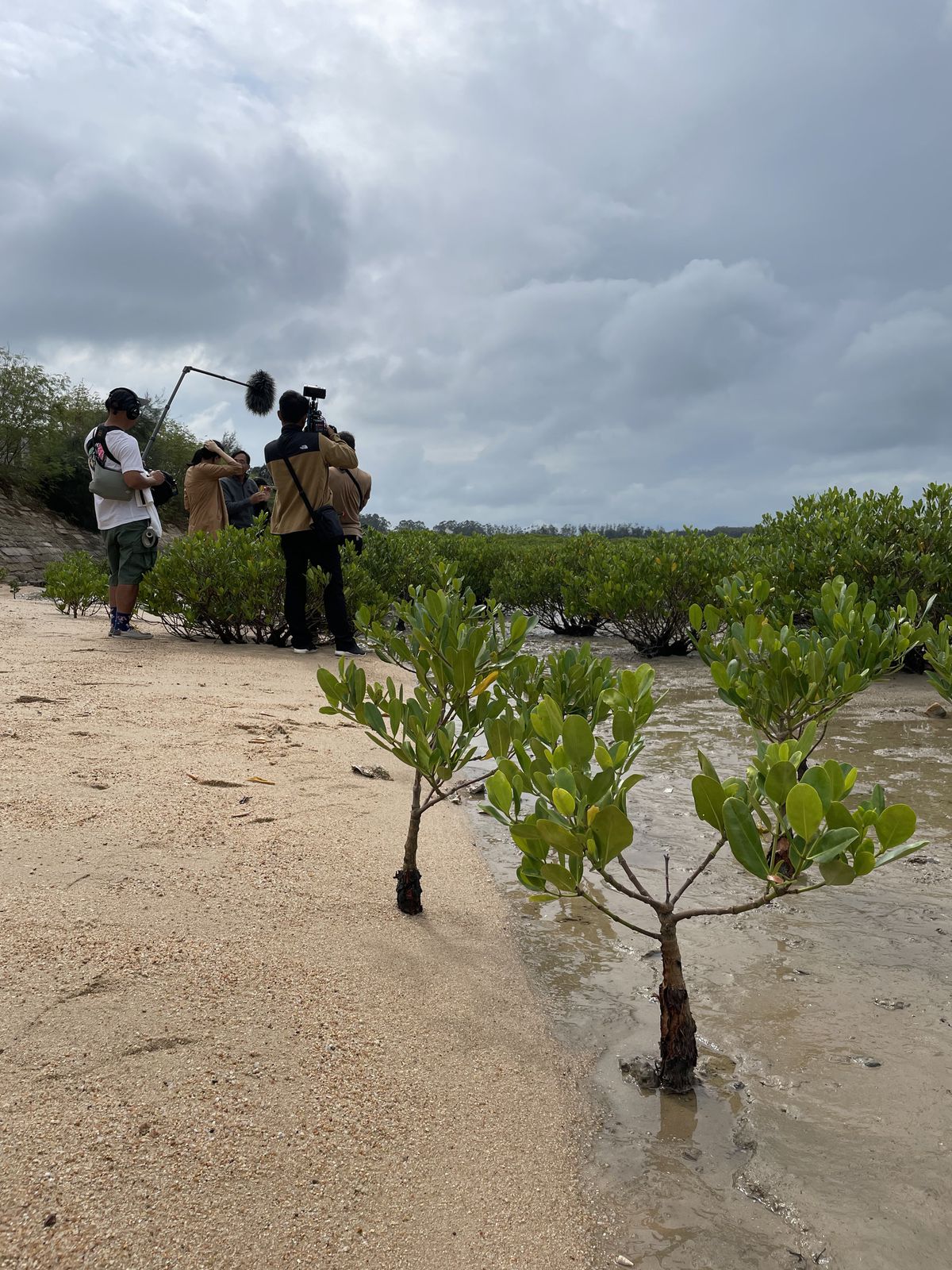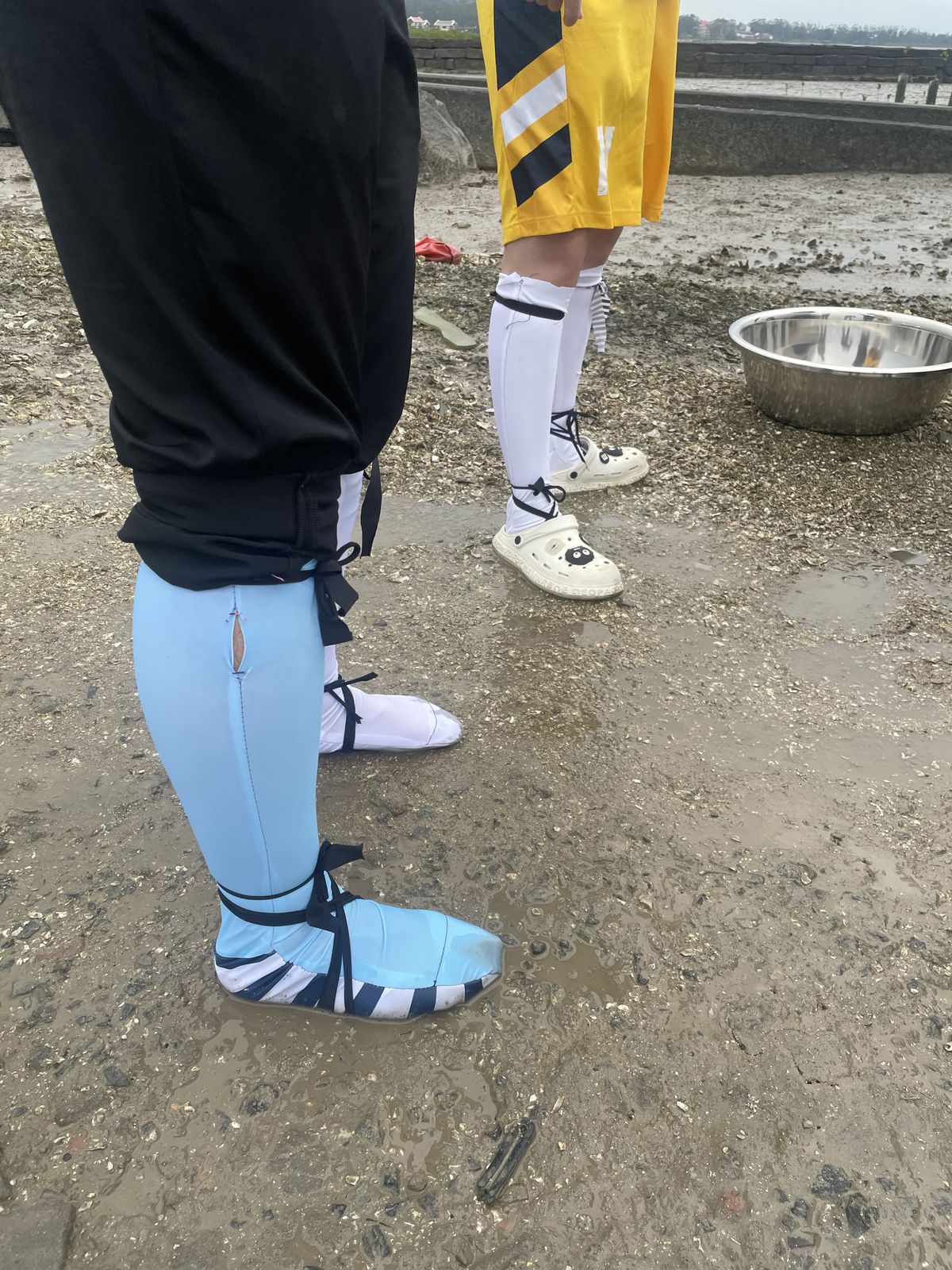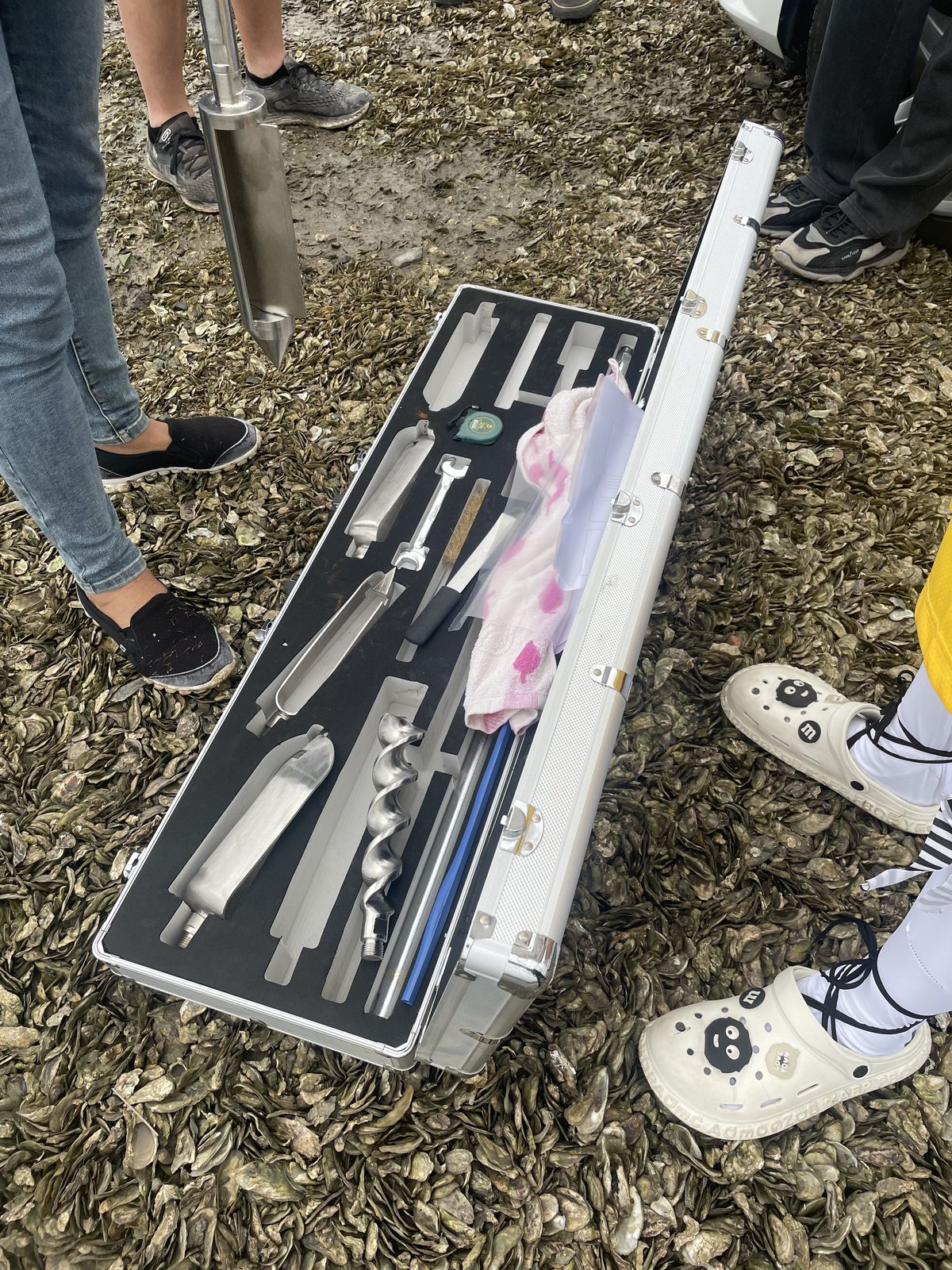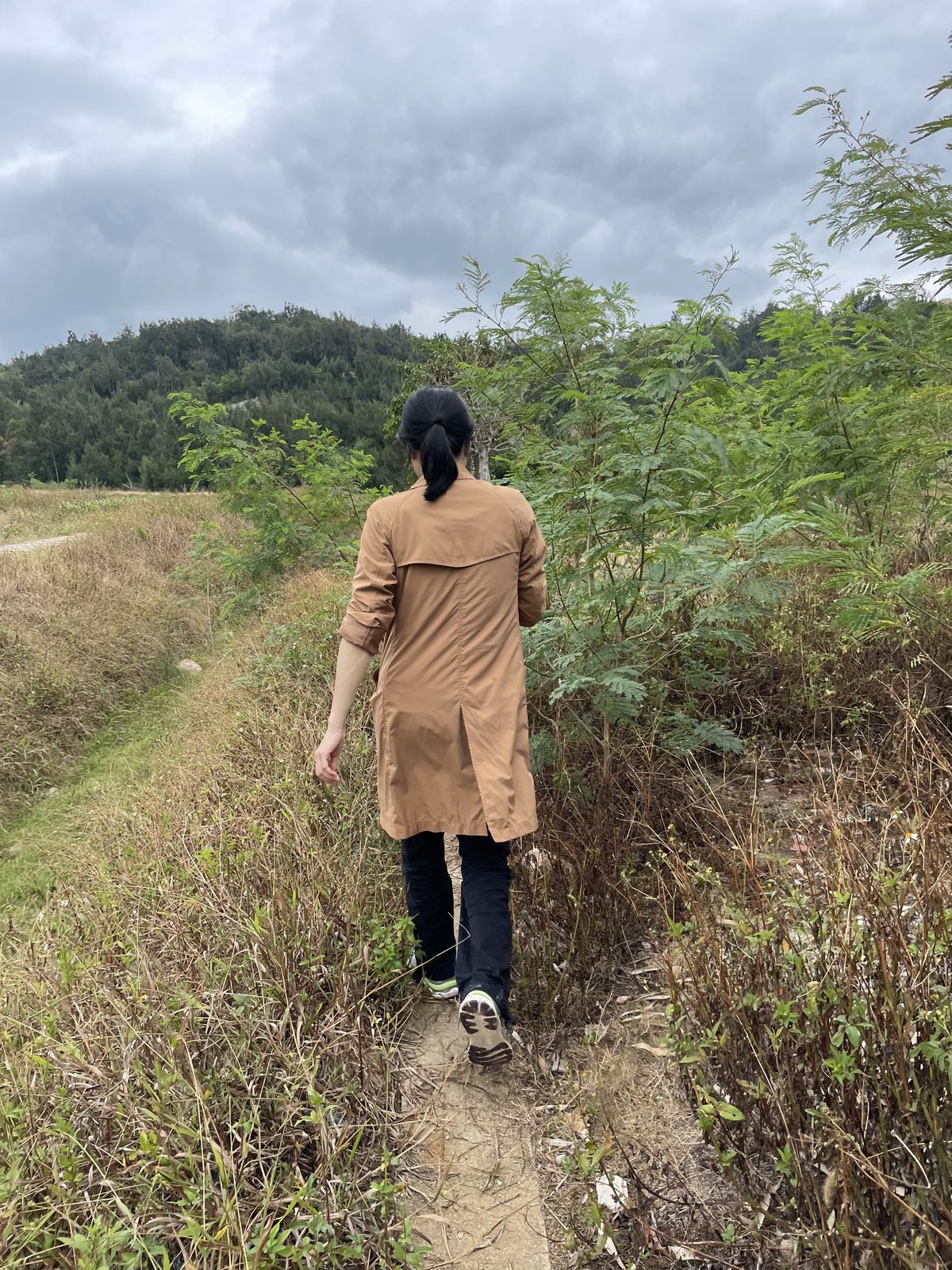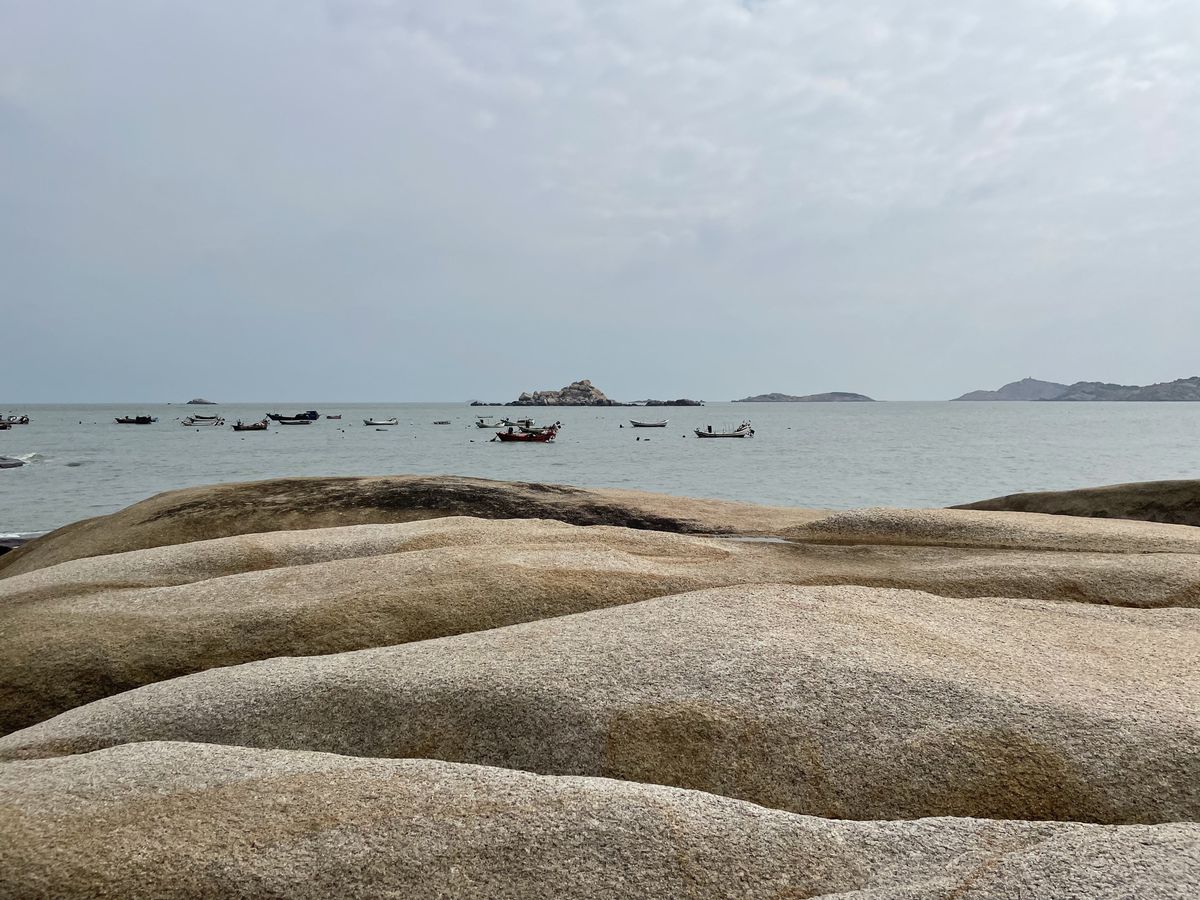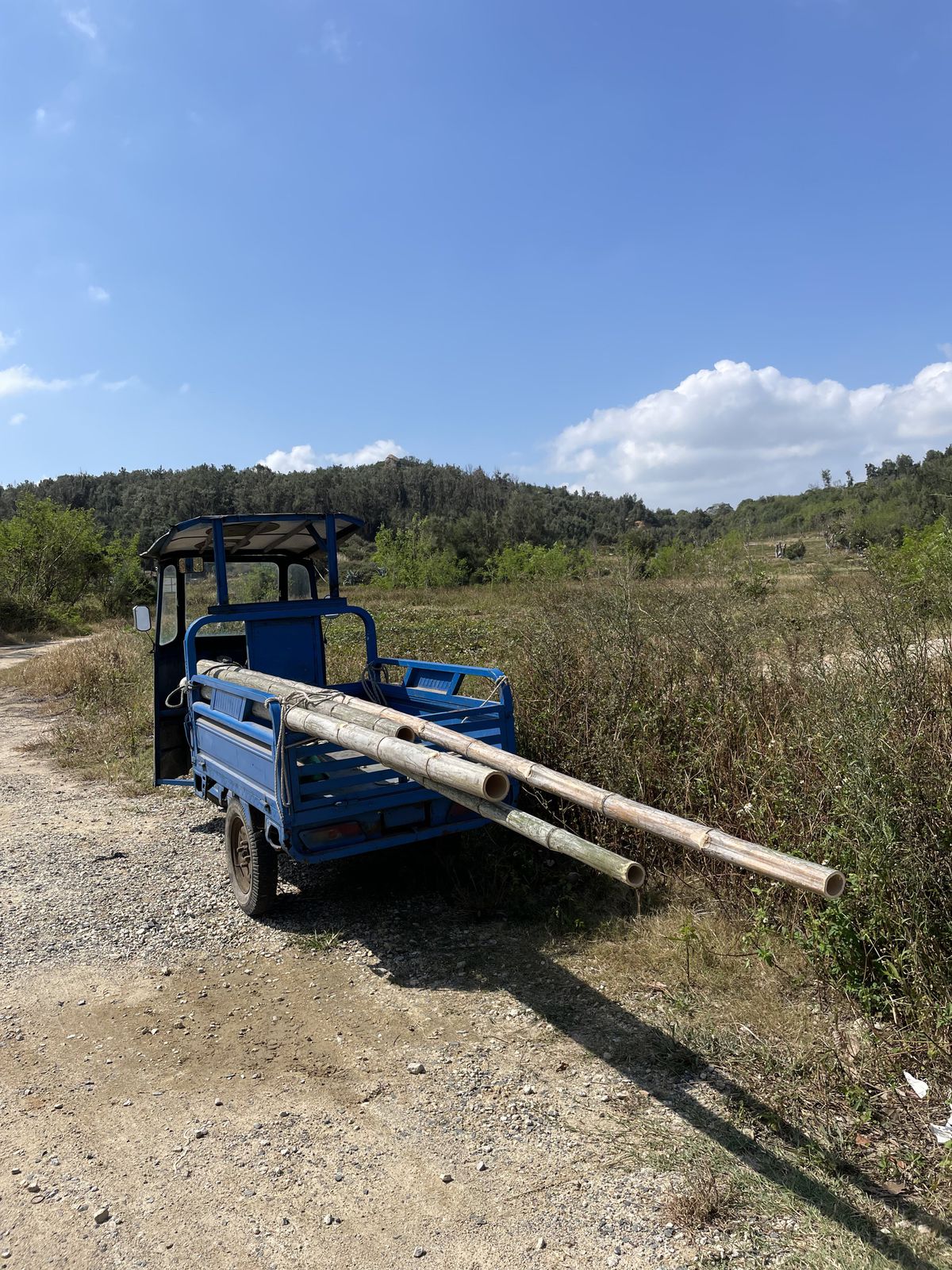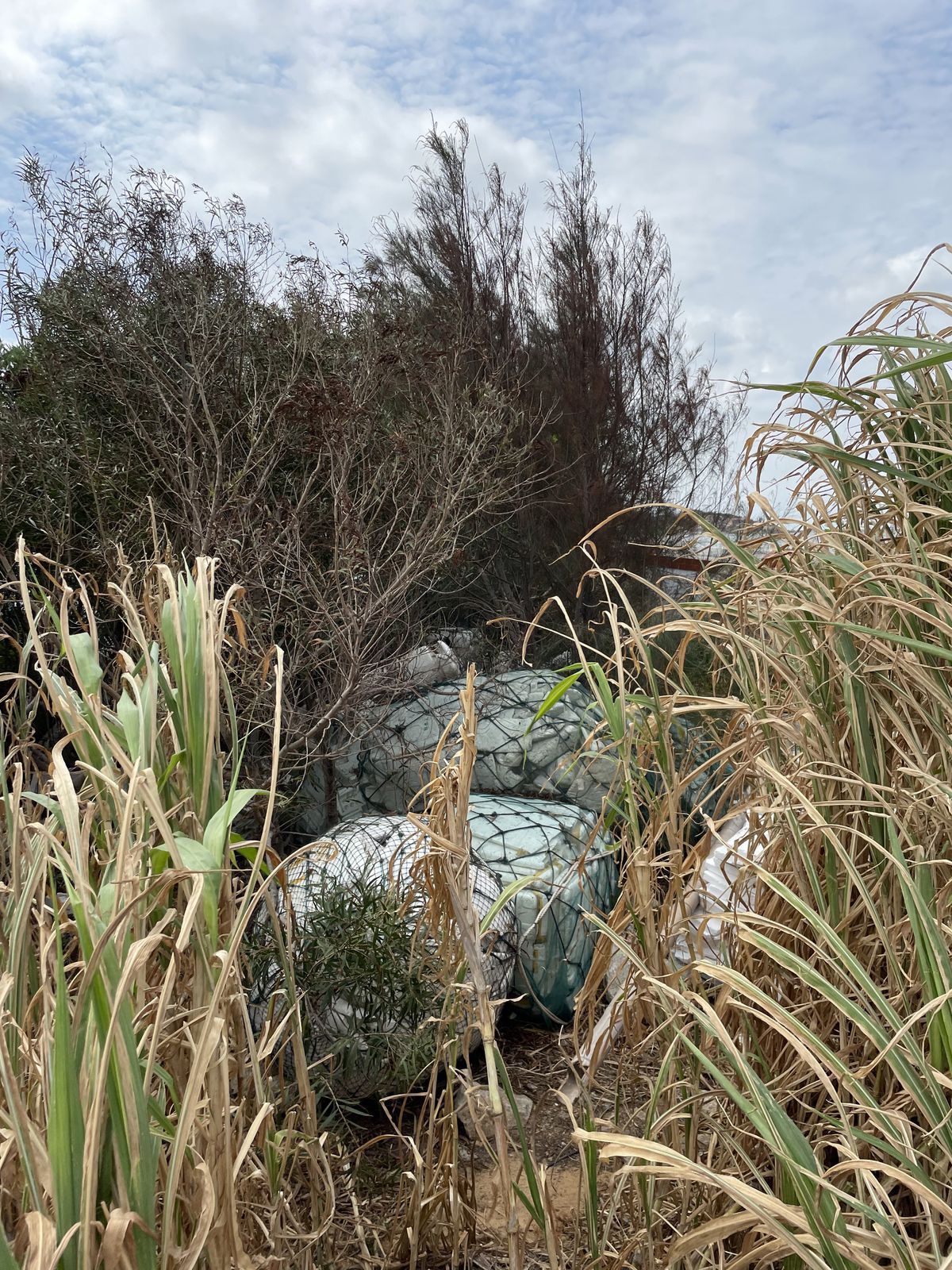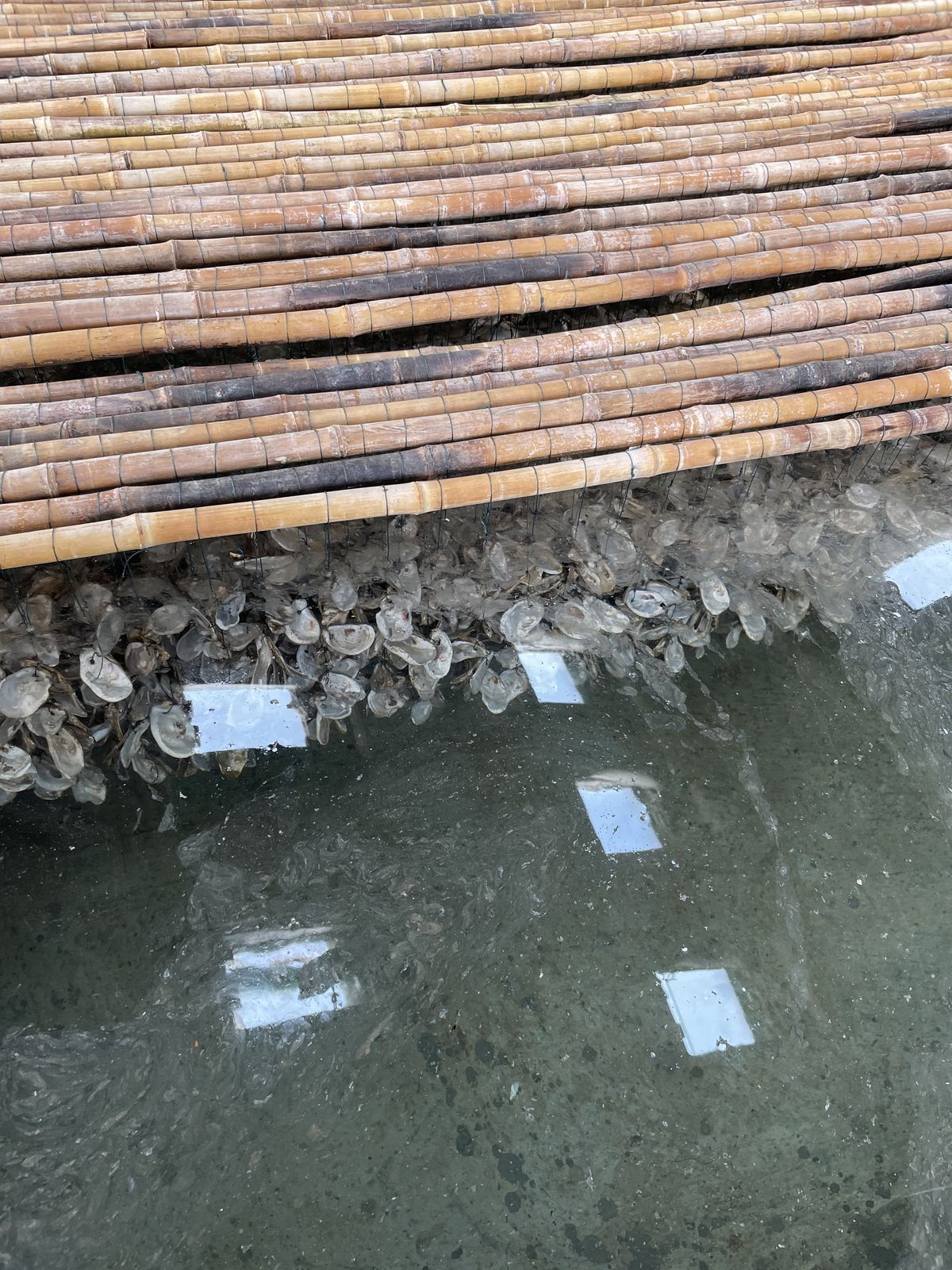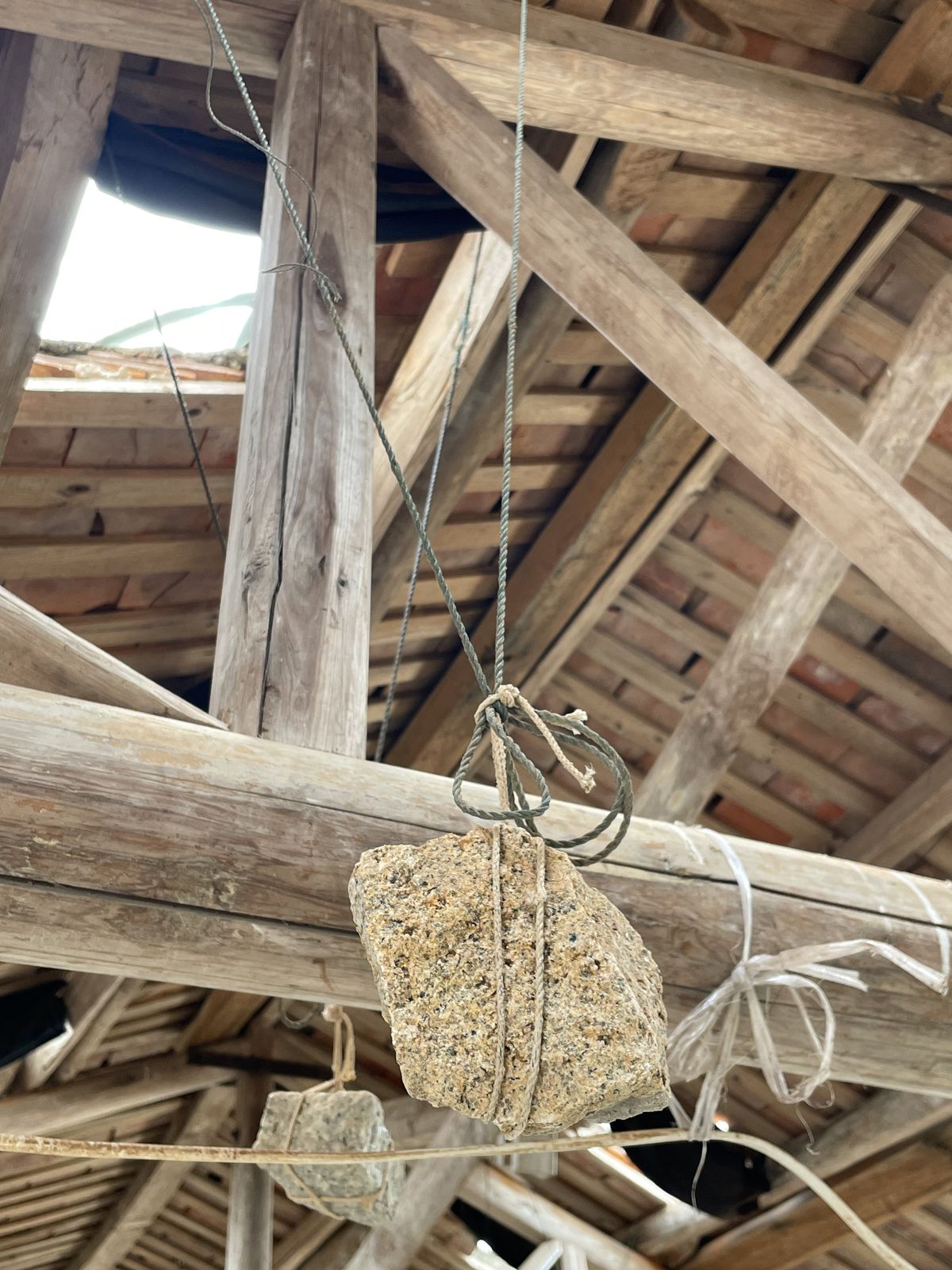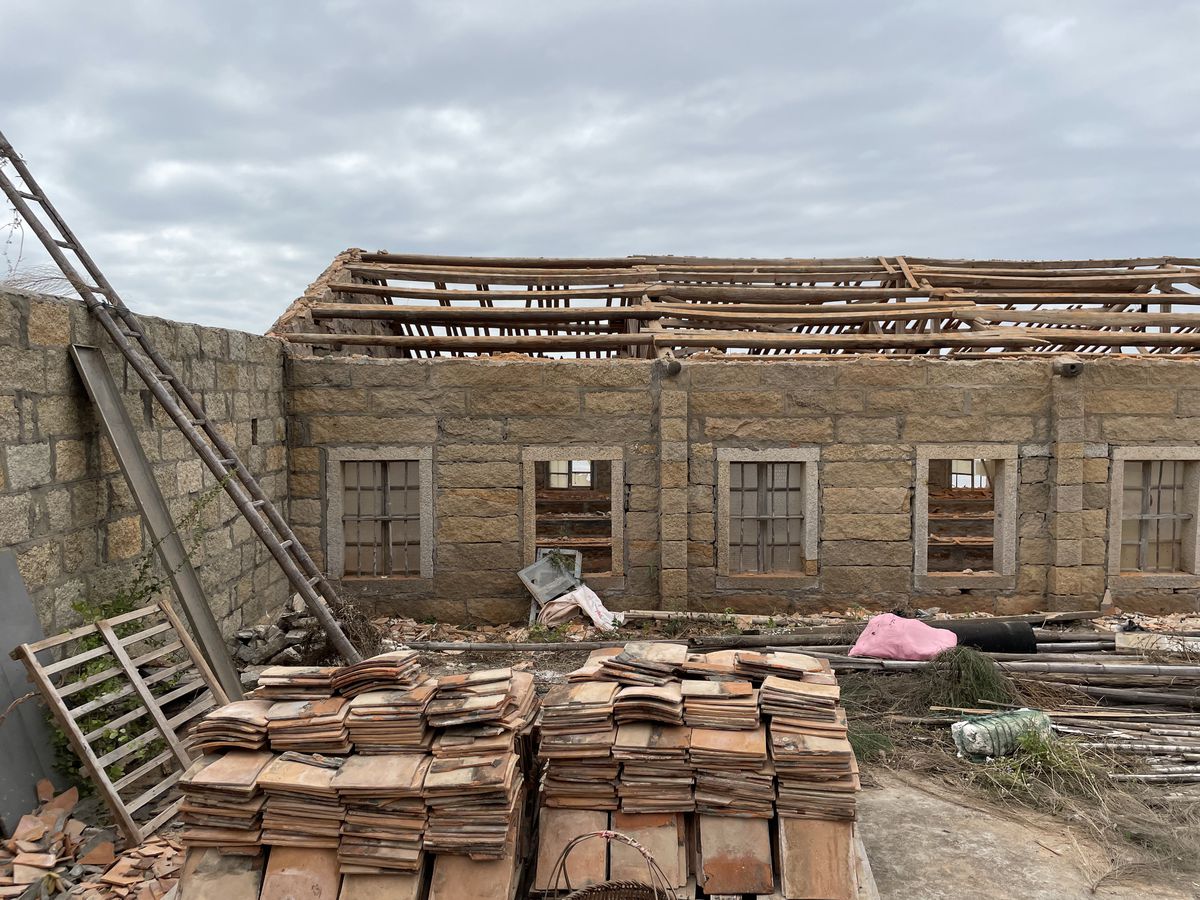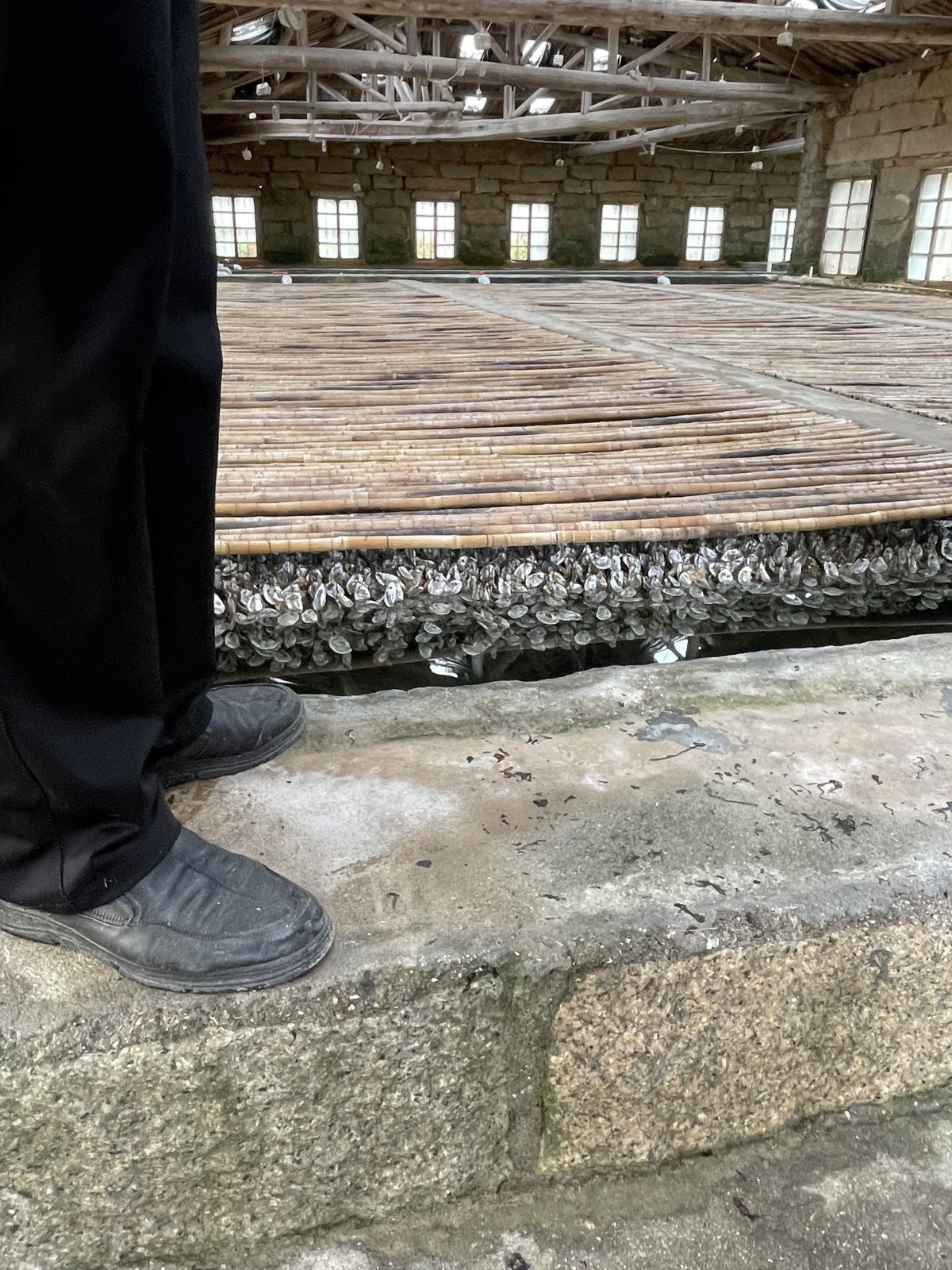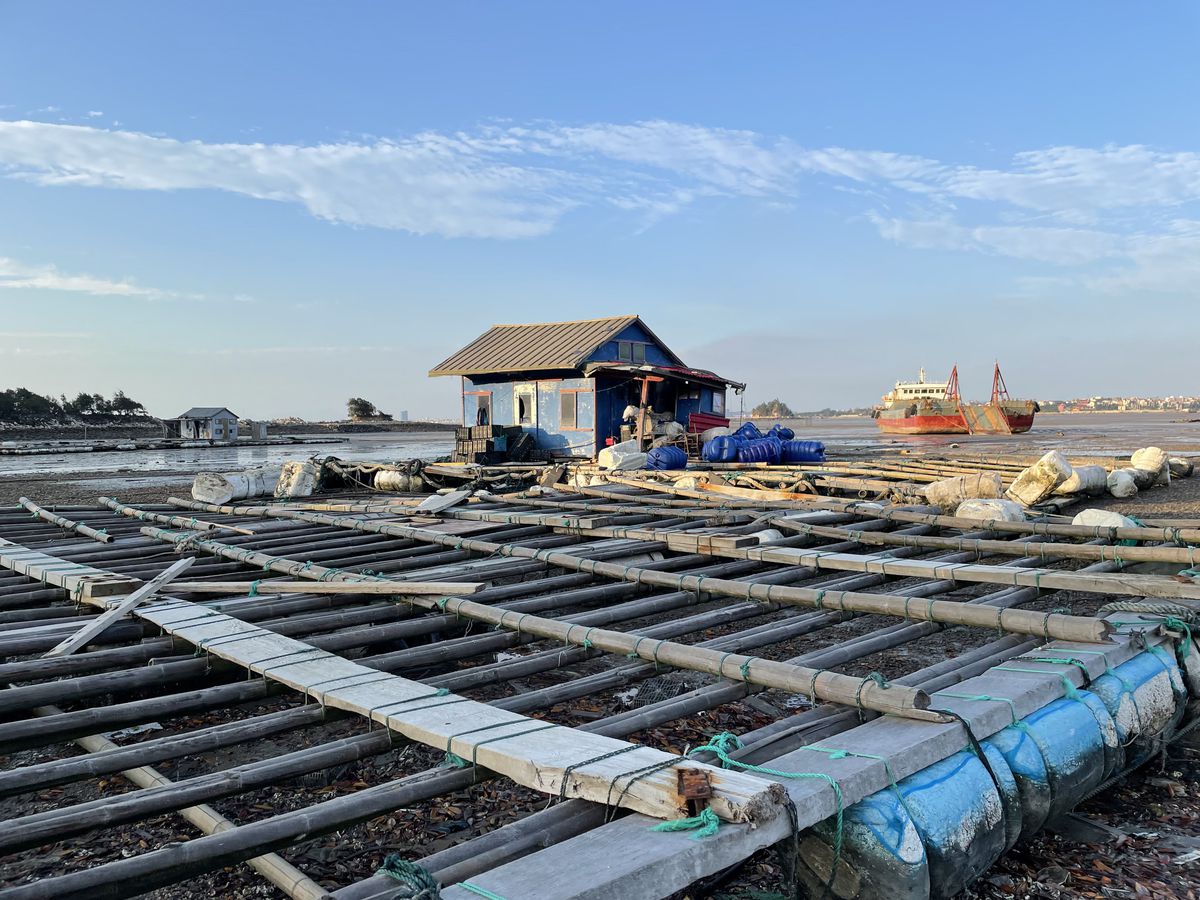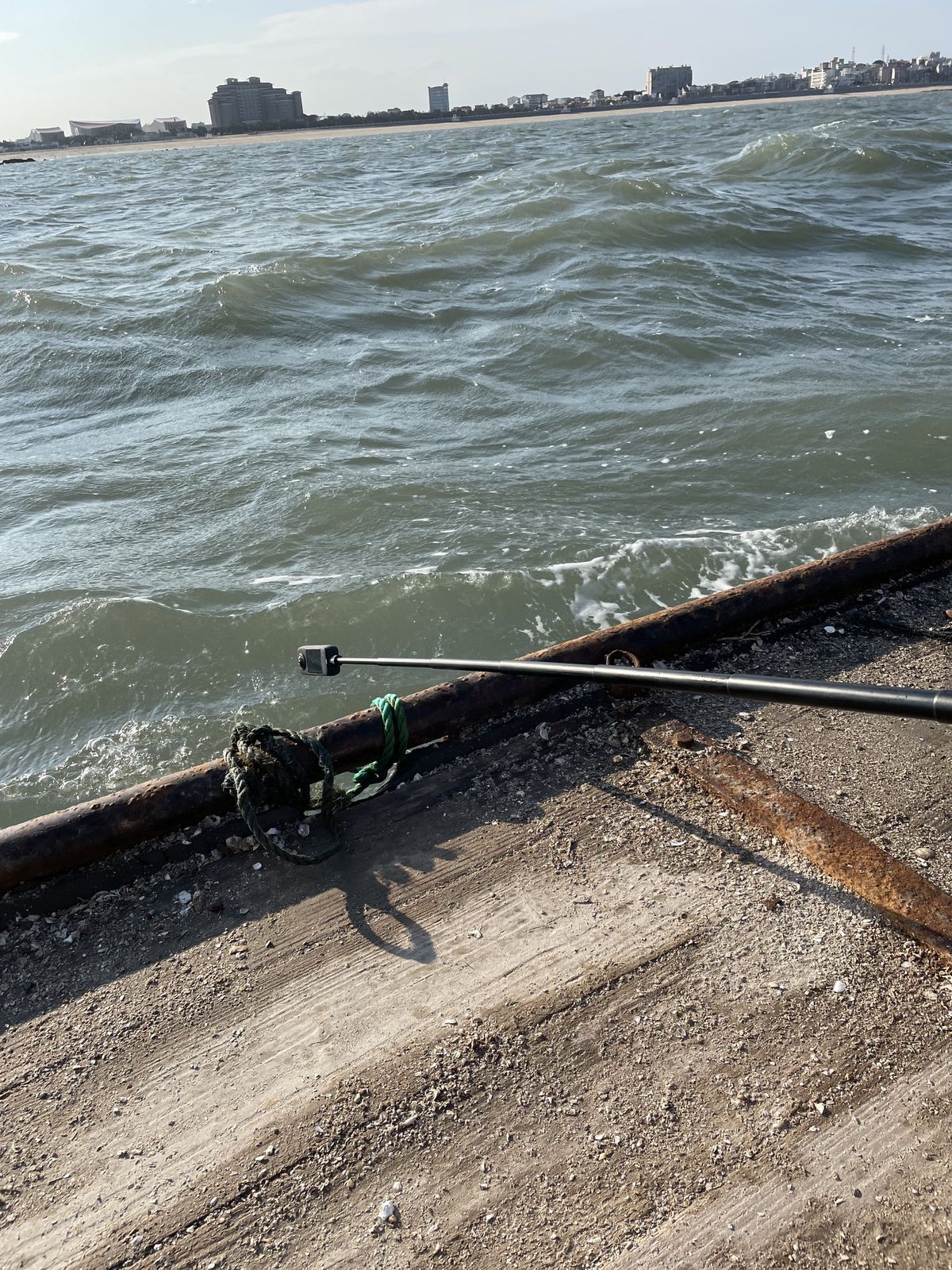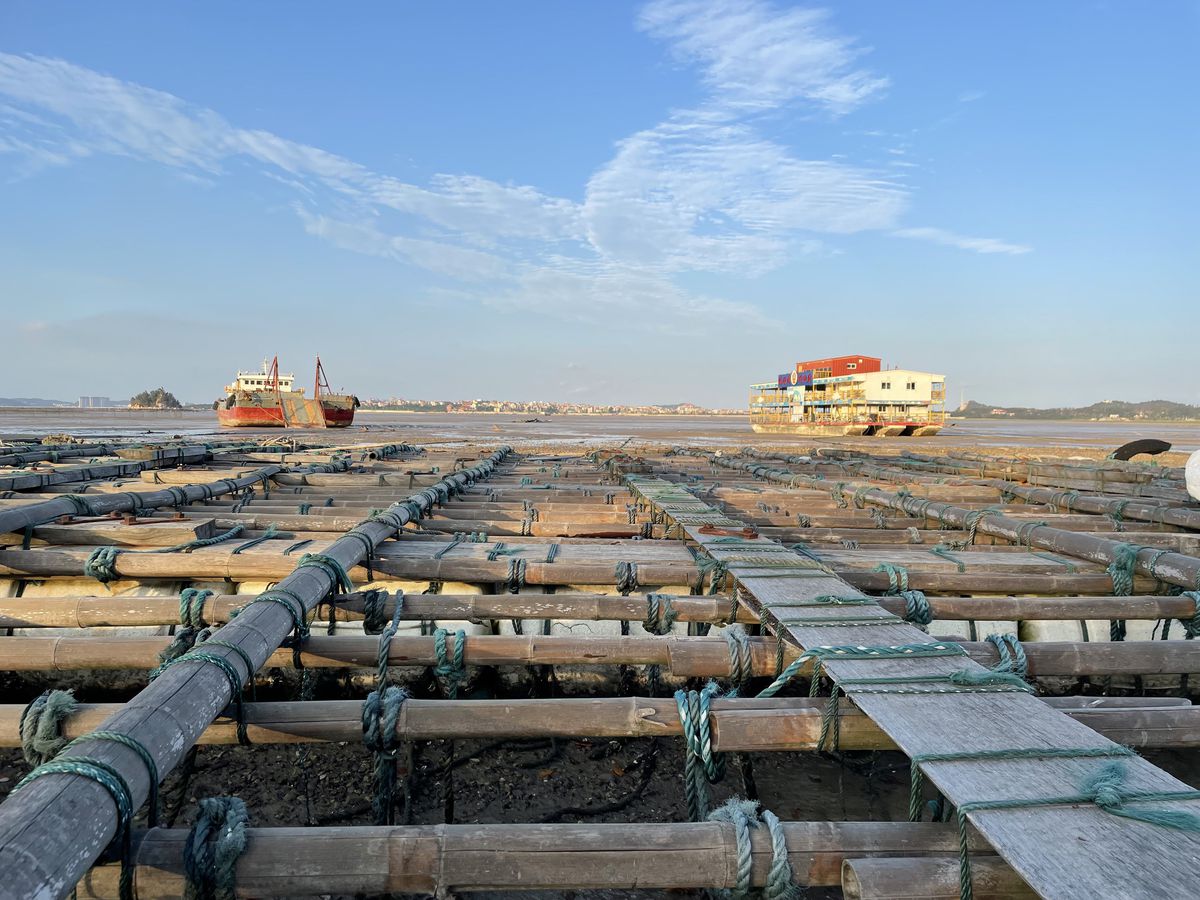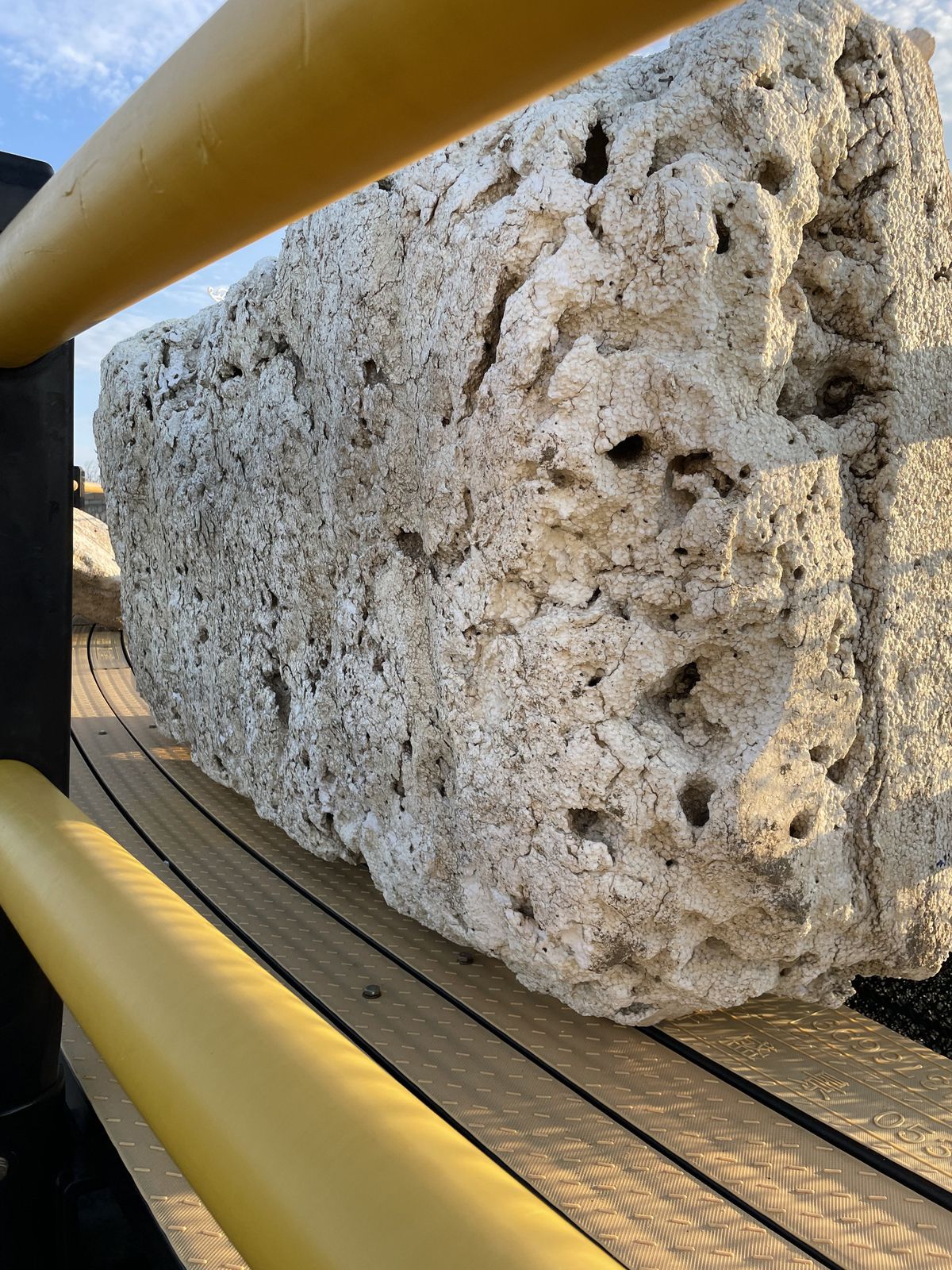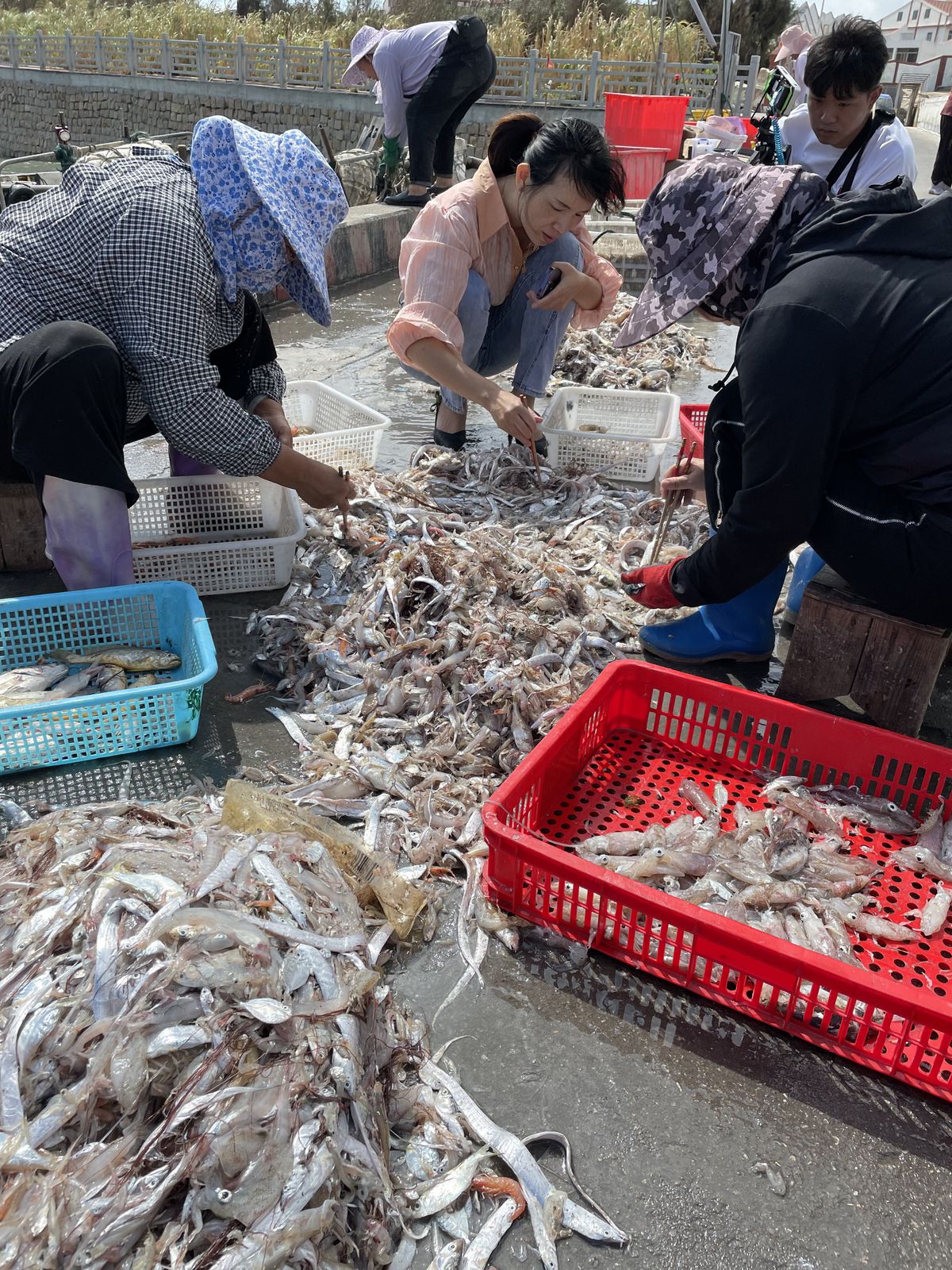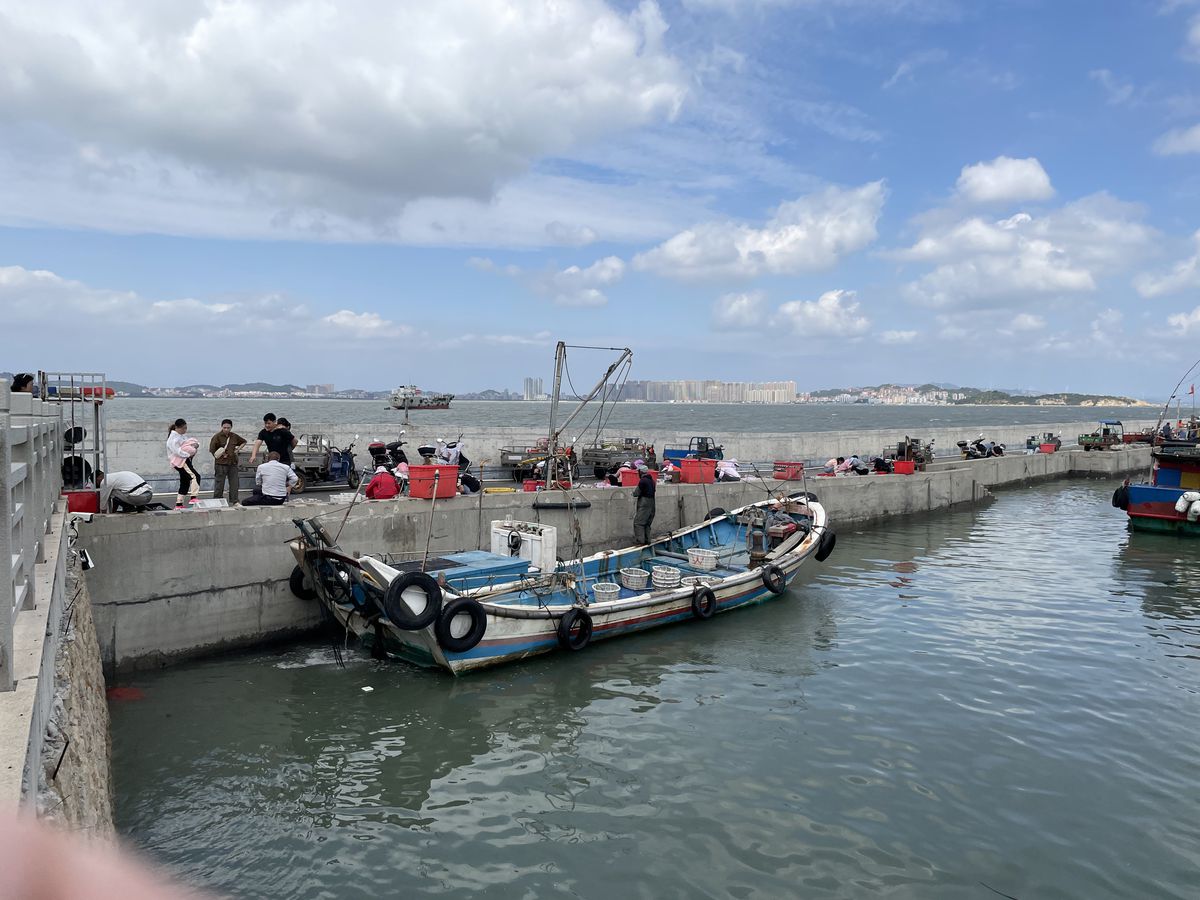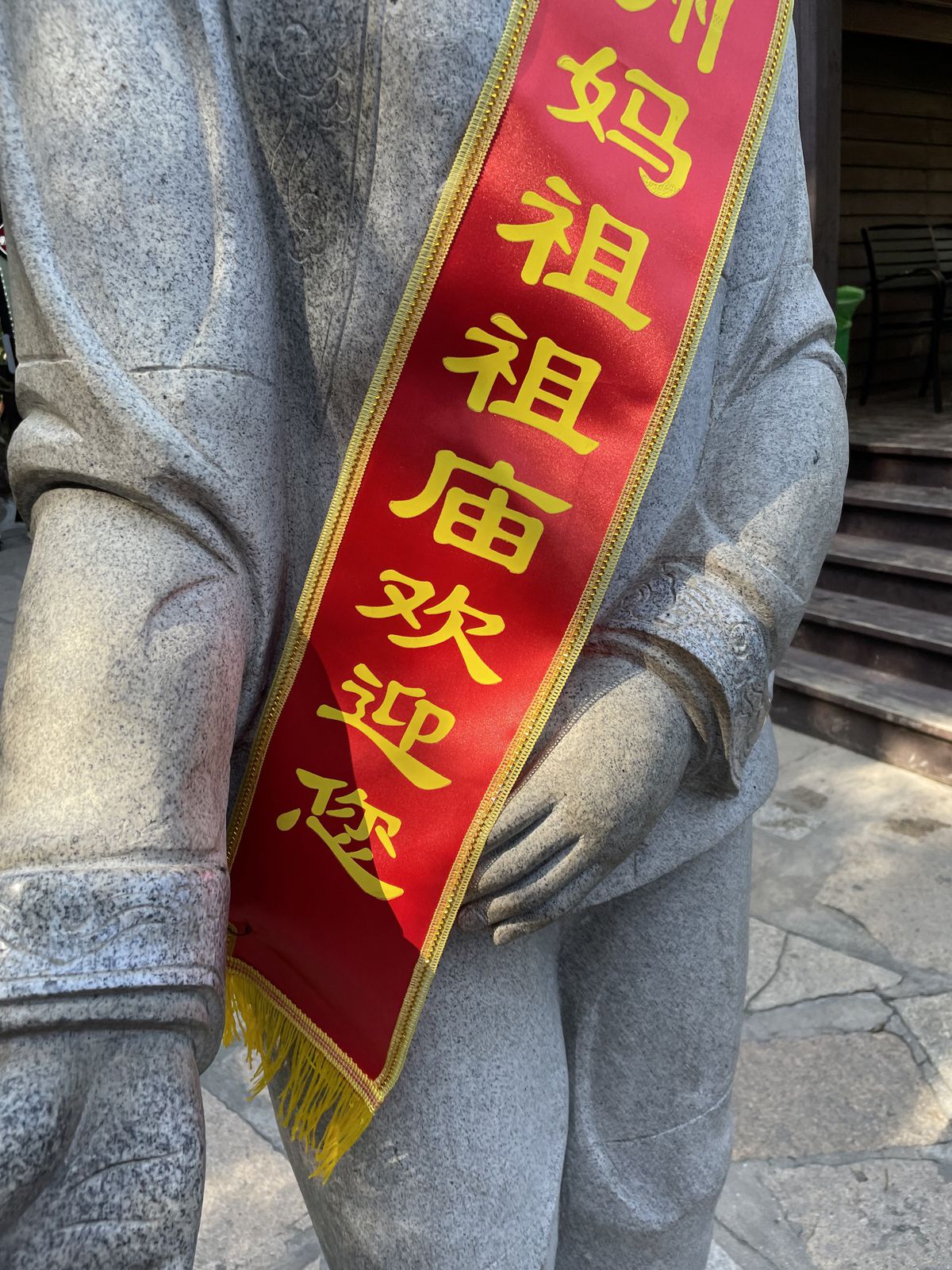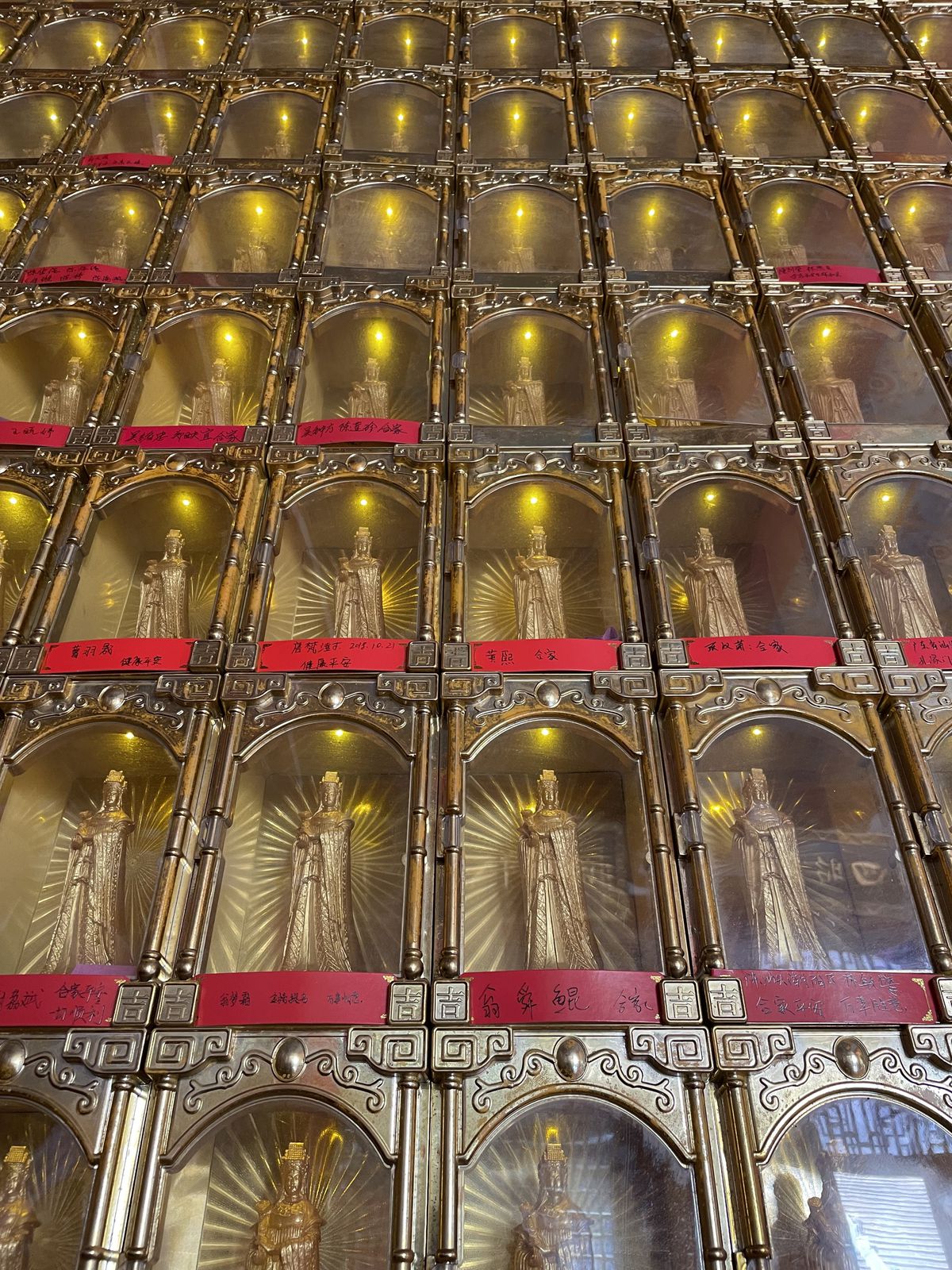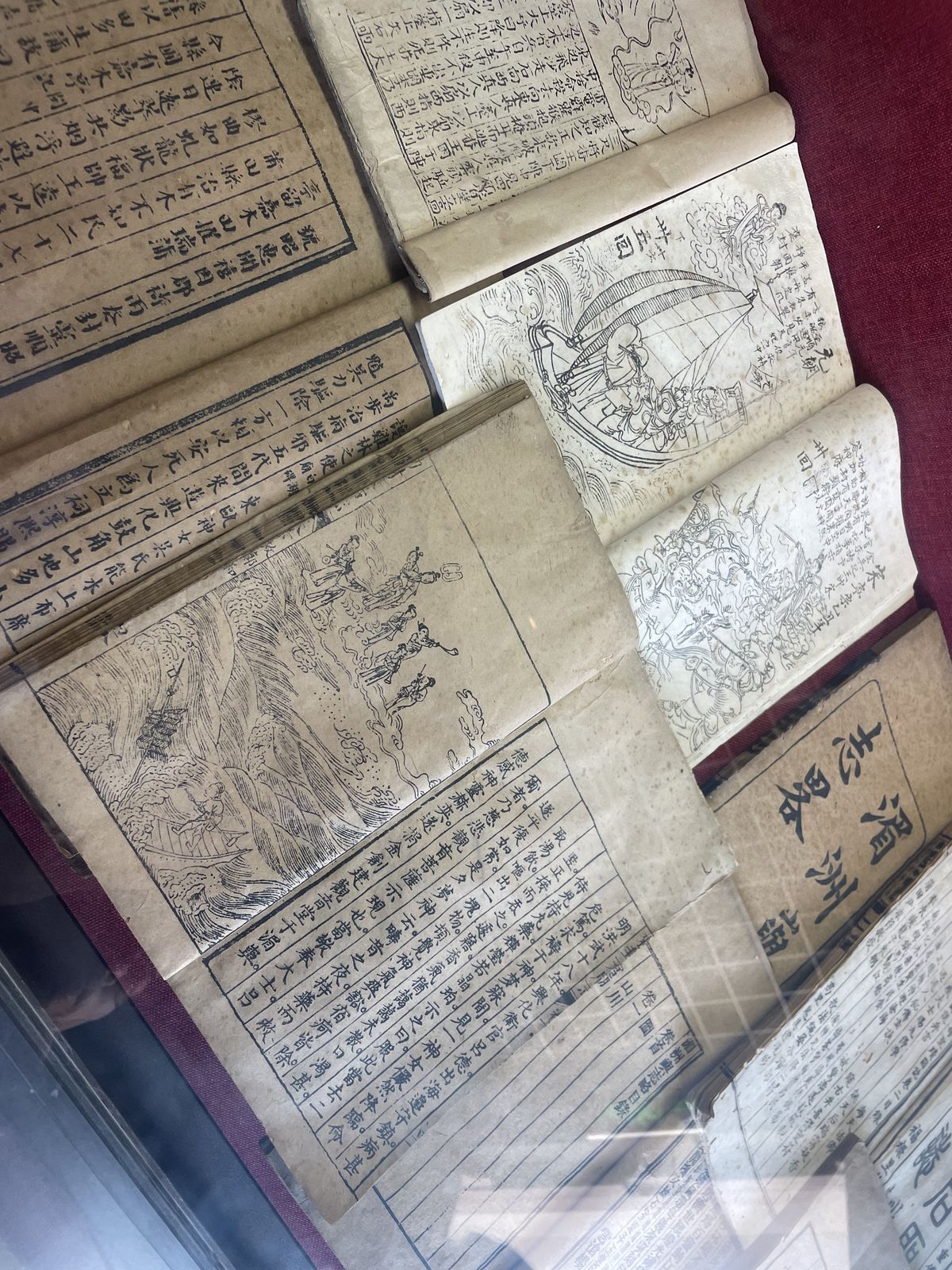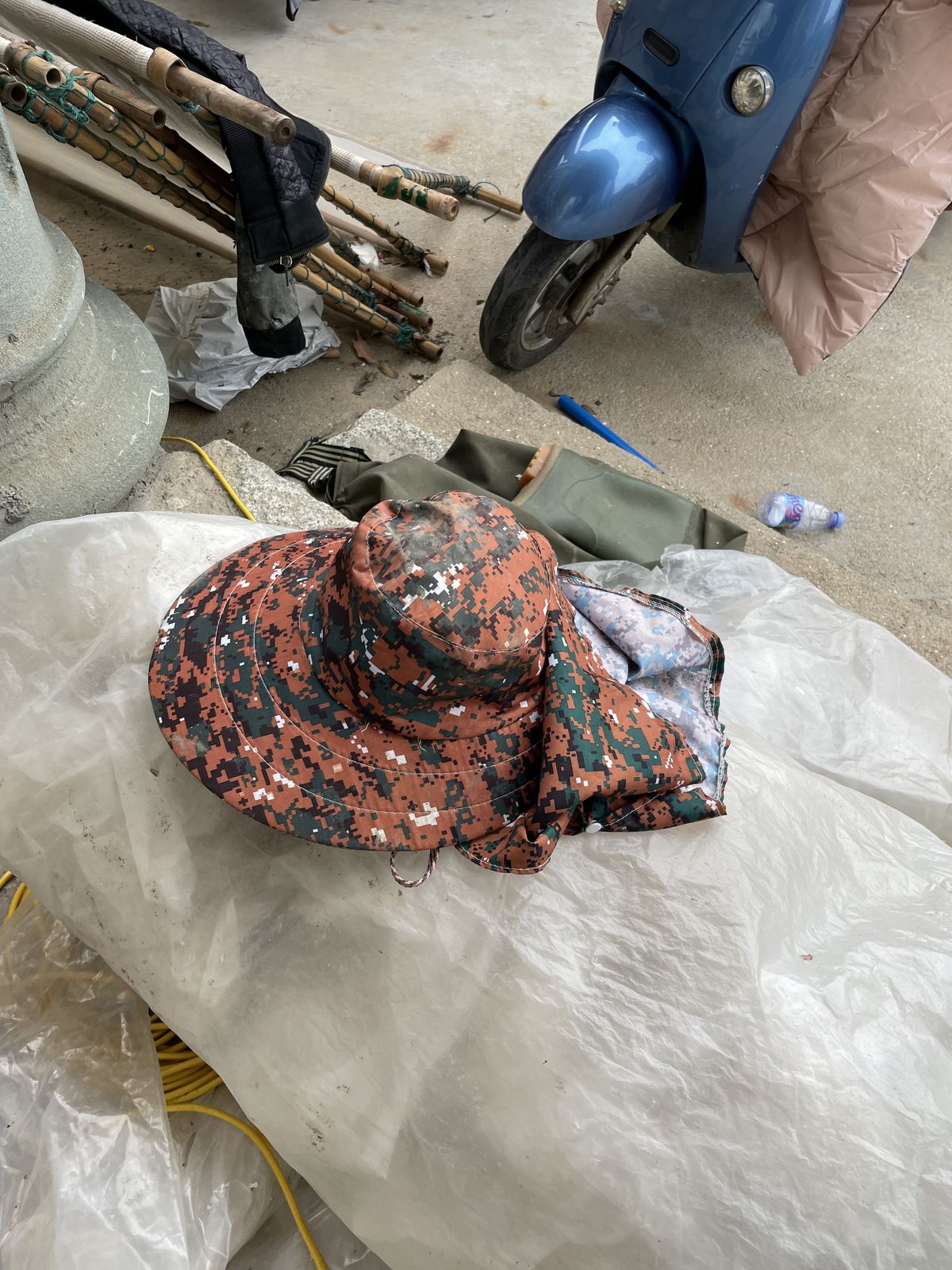A Story of Encounters
Francesco Garutti introduces Groundwork
How do we understand the making of architecture in our present moment? We are living in an age of speculative systems, designed to favour profit over people. We are facing social crises undermining the most basic conditions of living while ecological collapses threaten the existence of a multiplicity of human and non-human beings across territories and geographies. Inevitably, questions of whether or not to build, of how to intervene, and of what to do with the existing building stock are at the core of architectural thought. To address these key structural questions, we decided to engage in dialogue with practices who are developing methodological approaches that aim to question, subvert, and redefine what it means to make space today.
Guided by an urgency to understand the fundamental ways that architects are enacting change in the built environment, we decided to document design during its nascent stage rather than in its final form. The resulting film and exhibition series Groundwork, structured as three chapters, deliberately observes when ideas, rather than buildings, take shape. It seeks to witness conceptual responses to context and conditions, political and economic constraints, cultural and geographical transformations. Detours, failures, and tactical shifts become revelatory moments to understand new modes of practice and critical ways of engaging with given sites and communities.
The first chapter, titled Into the Island, follows Xu Tiantian (DnA_Design and Architecture) to Meizhou Island, off the coast of China, where she is creating a set of subtle interventions to mediate between pressures of heritage, tourism, and marine ecology. In their process, DnA first performs site diagnoses with the help of locals to understand existing circulation patterns and imbalances. By following the dynamics of specific ecosystems and communities, architecture becomes a practice of repair and care.
Sometimes, Xu’s minimal design interventions would not be considered a building at all. Mending and healing, repositioning and reactivating, DnA’s work may be better described as a form of curatorial practice applied to physical and social landscapes. Leveraging local materials and skills, restoring modest structures, and recalibrating old technologies are all strategies in a subtle—sometimes almost invisible, but radical—approach. It is a methodical procedure aimed at maintaining the survival and supporting the evolution of different forms of rural identities.
In the summer of 2022, In the summer of 2022, DnA was invited to design a potential museum building on Meizhou Island, located off the coast of Xu’s hometown of Putian. Famous as the site which gave birth to the cult of the sea goddess Mazu, the island is an environment where religious pilgrimages and mass tourism, traditional farming techniques, and strict conservation policies co-exist in a fragile balance.
Into the Island follows Xu in her discovery of essential elements, pressure points, and challenges on the destabilizing terrain that is the ocean and its delicate ecosystem. Regulated by the timing of the tides and the rituals of sea cultivations, Meizhou Island is the set where ideas for a diffused life museum and a series of precise interventions were conceived in dialogue with and in service to villagers, fisherfolks and experts in marine biology. Into the Island is a snapshot of a fluid design process, a story of encounters, a narrative composed through the fragments of an evolving culture and fluctuating landscape.
The texts and images that follow document the processes of exploration and dialogue that took place in November 2023, during an initial site visit to Meizhou Island for the filming of Into the Island.
Mudland Cultivation Trail
Twice a day, the sea pulls back from the western shore of Meizhou Island, revealing vast fields of marine cultivation. Stone pillars planted in grids across the mud plain provide bases for oysters to grow on, but this pre-modern harvesting method is fading out in favour of imported techniques. Although bivalves are adapted to be periodically exposed at low tide, controlled off-bottom cultivation keeps them suspended in open water. Meanwhile, the local knowledge and rituals embedded in these landscapes are being forgotten.
This project recomposes existing elements to frame the spatial rhythms inherent to the site. Salvaged pillars and fish cages are placed in a 100-metre-wide circle around a tidal island to create a trail through the seascape. This provides an encounter with the traditional ocean farms, an ephemeral monument to natural patterns, and a living museum of the local people’s historical and ongoing relationship with the sea.
Mangrove Research Base
While popular with tourists for its rocky shoreline and golden beaches, thirty percent of Meizhou Island is also covered by vegetation. The Xitingao Mangrove Ecological Park offers limited access to bird watchers and nature enthusiasts, but it provides an in-situ laboratory for afforestation, frequently visited by local university students engaged in research on coastal resilience.
A proposal to reuse an existing structure as a research base was delayed by negotiations with the property owner, but the suspension became an opportunity to reconsider the role of architecture in ecologically fragile sites. Instead of designing for humans, the project is now focused on adaptive reuse for other species. Mimicking a natural tidal pool, an existing fishpond will be restored to create opportunities for increased biodiversity. Questions about providing access to mangroves with minimal impact on the root system have led to ecological material studies.
Renewable Water Facility
Meizhou Island’s beautiful seascape has long sustained its people, but the 40 000 permanent residents and three million annual visitors have made access to fresh water a pressing issue. Consequently, restrictions on livestock to curb pollution were put in place in 2017, and irrigation for agriculture was limited. The island has also become the site of an ongoing 15-million-yuan ecological restoration pilot project for rural environmental management. Situated on the saline-alkali land of Beidai Village, this project will demonstrate purification and remediation strategies. Grey water is filtered through successive plant beds in the existing topography, with the recuperated water providing irrigation for an educational farm. A grand reservoir references historic village ponds and provides much-needed infrastructure and public space in the hope of building communal appreciation for natural resources.
Seaweed Ecology Centre
The marine ranches of Shanwei Village’s seaweed farmers extend off the island’s northwest coast. Between the Mid-Autumn Festival and the Lunar New Year, the bamboo and rope racks on the tidal flats yield purple laver and create a spectacular seascape. The harvested fronds are hand-pulled and sun-dried on racks that take over family courtyards and temple grounds. But for most of the year, cultivation is an invisible process. Microscopic seedlings are incubated in shallow pools housed in passive buildings unique to the region. Many of these structures have fallen into disrepair as fewer villagers pass on the business. From a peak of 1 000 families, only fifty remain. The project aims to increase circulation and revenue for the village in the short term by restoring the facilities within a new museum integrated with the beachfront while preserving the community’s identity and craft for future generations.
Offshore Cooperative
For generations, seaweed and oysters have been cultivated on the intertidal flats on the west side of Meizhou Island, and kelp, fish, and abalone in the deeper waters offshore to the east. However, as the detrimental effects of industrial farming have become more apparent, aquaculture has been increasingly regulated over the past decade. While these corrective measures align with traditional beliefs of living in balance with nature, the fisherfolk must now also adapt to the effects of climate change. In an effort to reconcile overlapping environmental, economic, and social concerns, a proposal for a fishing cooperative seeks to transform typical fishponds into a modular framework to accommodate various forms of cultivation. The project functions as a laboratory for polyculture and an open-air ecological display. The design references the form and construction of traditional fishing boats, using sustainable materials and local knowledge of lashed bamboo.
Intangible Heritage Square
On the north end of Meizhou Island is the harbour and ferry terminal where pilgrims and tourists come and go in waves according to the holiday and seasonal calendar. But the harbour is also where fisherfolk dock their boats and haul their catch, day in and day out. It is this overlooked ritual—the sustaining of an individual, a family, and a community—that the project aims to celebrate as the island’s intangible heritage. The concept is to provide a public space for leisure, an alternative venue for traditional celebrations, and most importantly a welcoming point for the fisherfolk’s return home. The design alludes to the hip roofs of the Ancestral Temple, but the simple pavilion engages directly with the monumentality of the rock face. Steps to access the beach are set within the deep cuts in the cliff that have been shaped over time by the force of wind and currents.
Groundwork is an exhibition and film series structured as three chapters. The first follows Xu Tiantian (DnA_Design and Architecture) to Meizhou Island, off the coast of China, where she is creating a set of subtle interventions to mediate between pressures of heritage, tourism, and marine ecology. The second chapter focuses on bplus.xyz (b+) in Berlin, Germany as they launch a European Citizens’ Initiative intended to shift culture and legislation toward preservation and rehabilitation of existing buildings, offering a way to actively fight forms of inequitable urban speculation. Finally, the series concludes by following Carla Juaçaba to the heart of Minas Gerais, Brazil where she is developing pavilions in a coffee field—minimal support structures in a territory where collectives are resisting extractive industrial agriculture.
Documented through the narrative folds of cinema as research format—presented alongside artefacts, documents, specimens, and site fragments as evidences of an ongoing thinking process—the stories of Groundwork are excerpts of investigative and explorative journeys whose conclusive act—the final result—is yet to come, to be conceptualized, still open and under construction.
